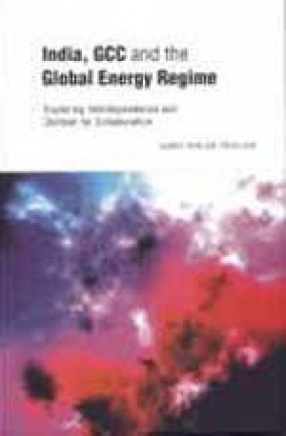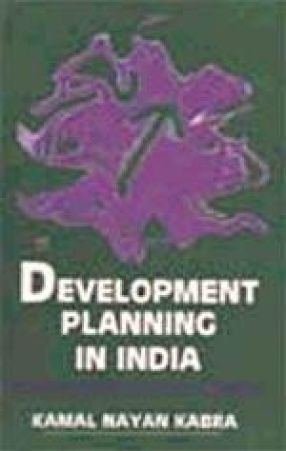The economies with significant manufacturing sectors are, of course, those longest integrated into the global capitalist system. There are still significant areas and numbers of people quite marginal to the global economy. But the structural shift is not a simple matter of rising shares of manufacturing and services in national economies. At the level of the region as a whole that is certainly happening whether measured by the share of primary industries in total production or by the proportion of workers in those industries. Through time the shift shows up first in production, later in the labour force, for people usually need to move not merely from one economic sector to another but from one place to another, from country to towns and cities. This takes time. However, as these proportions have been falling, populations have still been growing, particularly in rural areas. Thus the number of people in the primary sector, especially in agriculture, has continued to grow even as the sector’s share of production and in some countries of the workforce has fallen. Students, researchers, academicians, policy makers and other readers interested in the Southeast Asia and its economy in particular will find the book very useful.
Economic Development in Southeast Asia
In stock
Free & Quick Delivery Worldwide
reviews
Bibliographic information
Title
Economic Development in Southeast Asia
Author
Edition
1st ed.
Publisher
Akansha Publishing House, 2007
ISBN
8183701099
Length
x+278p., Tables.
Subjects






There are no reviews yet.